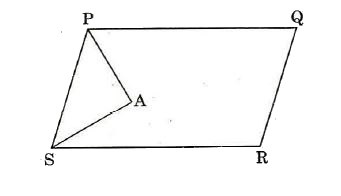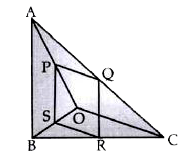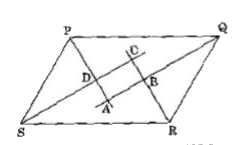
In the figure given above, PQRS is parallelogram. If AP, AQ, OR, CS are bisectors of ∠P,∠Q,∠R and ∠S respectively, then ABCD is a
A. square
B. rhombus
C. rectangle
D. None of the above
Step by step video & image solution for In the figure given above, PQRS is parallelogram. If AP, AQ, OR, CS are bisectors of angleP, angleQ, angleR and angleS respectively, then ABCD is a by Maths experts to help you in doubts & scoring excellent marks in Class 14 exams.
Updated on:21/07/2023Similar Questions
Knowledge Check
In the figure below, PQRS is a parallelogram. AP, AQ, CR and CS are bisectors of angle P, angle Q, angle R and angle S respectivley, then ABCD is a
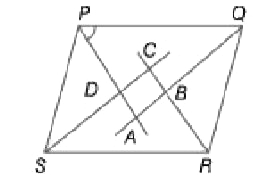 Aa.squareBb.rhombusCc.rectangleDd.None of these
Aa.squareBb.rhombusCc.rectangleDd.None of theseIn the given figure, PQRS is parallelogram, then find the area of ΔPQX.
 A80 cm2B40 cm2C120 cm2D60 cm2
A80 cm2B40 cm2C120 cm2D60 cm2
In a parallelogram PQRS, the bisectors of ∠P and ∠Q meet at O. Find ∠POQ.

View SolutionIn the adjoining figure, ABCD is a parallelogram , AO and BO are the bisectors of ∠A and ∠B respectively. Prove that ∠AOB=90∘.
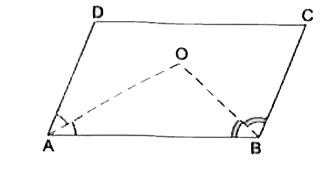
View SolutionIn the given figure, If PQRS is a parallelogram, then find the values of x and y.
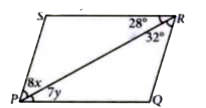
View SolutionIn the figure below, 2∠P=∠QOR. OQ and OR are bisectors of ∠Qand∠R respectively. Find ∠P.
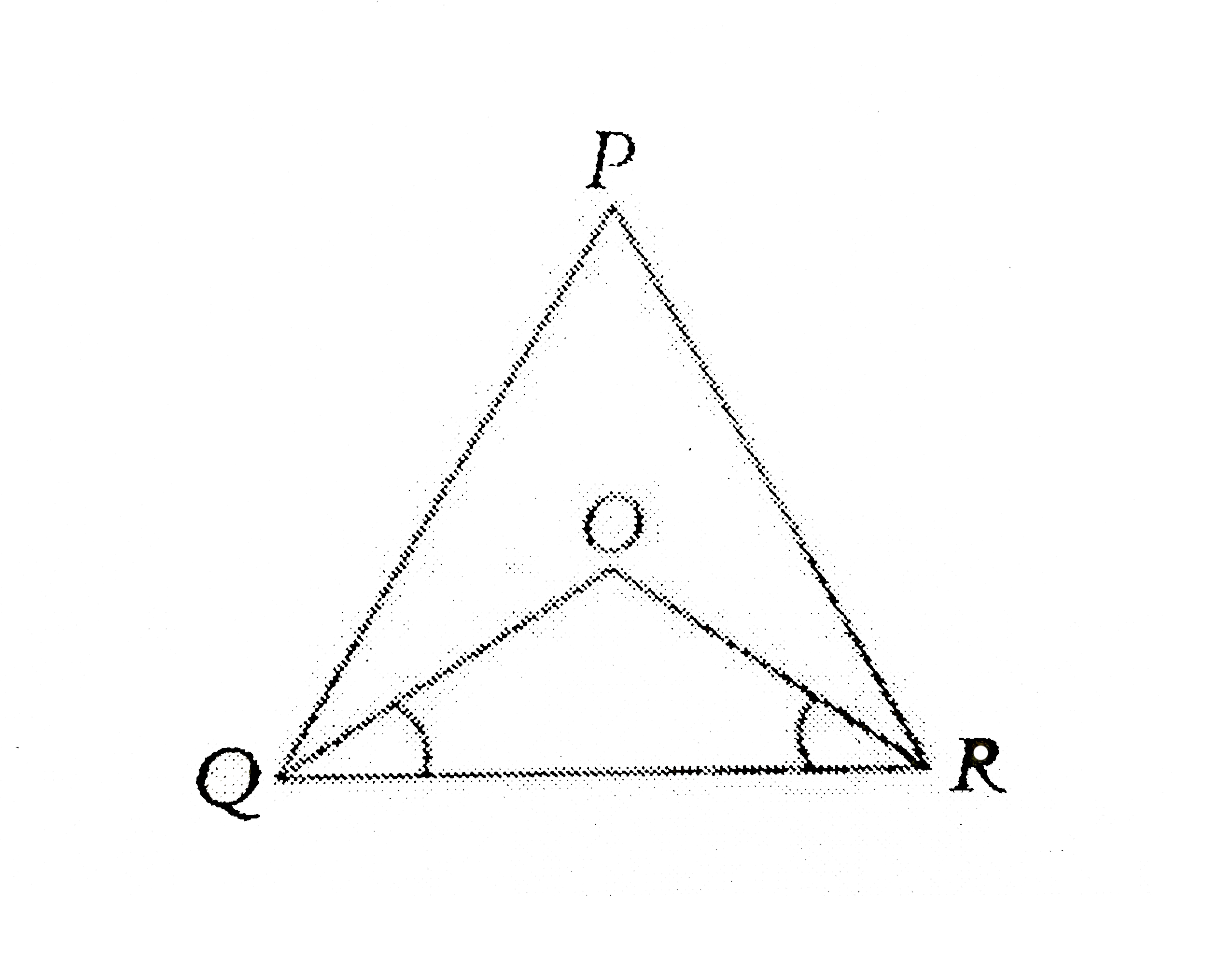
View SolutionIn the given figure, PQ>PR and QS and RS are the bisectors of ∠Qand∠R respectively. Show that SQ>SR.

View SolutionIn the given figures, if PQRS is a parallelogram and AB||PS, then prove that OC||SR.
View Solution

